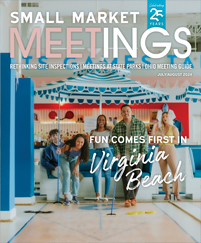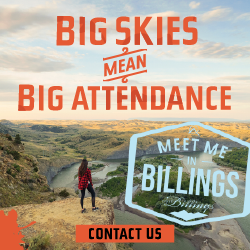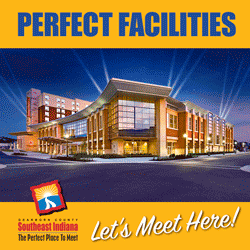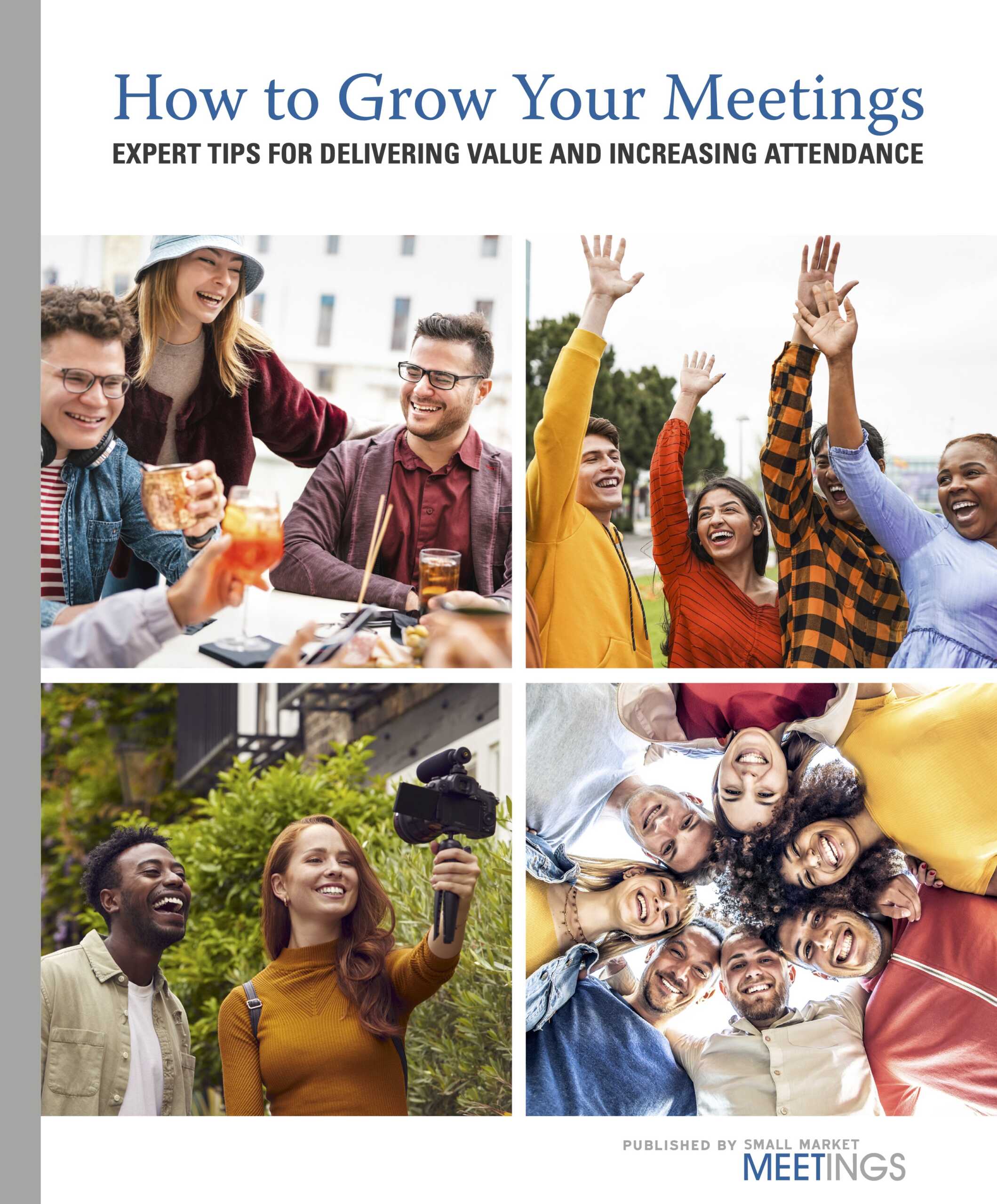In the 1990s, we made our first big change from business dress in most offices to the new and special “Casual Fridays.” Even 25 years prior to that, Hawaii kicked it all off this trend with “Aloha Friday.” They were encouraging their businesses to allow employees wear Hawaiian shirts to the office once a week as a marketing ploy for visitors and conventions. Who knew this would change the look of offices years later?
Men switched from coats and ties in the 90s to wearing khaki pants. Another marketing tool by the Levi’s brand, Dockers. This was a no cost perk for budget tight companies who were feeling the pinch during the recession in the early 1990s. It became a great way to make their employees feel a little more relaxed and enjoy coming to work, without a huge added dress budget.
The only challenge with this new 90s look, was many offices never detailed exactly what the business casual dress code entailed. You found everything from shorts to spandex to flip flops. Soon it was becoming “casual every day.” Slowly offices began to set some guidelines, but still, staff tested the waters to see how far they could go.
Now, 55 years later from that first Hawaiian shirt, we have another new look for work. We are labeling this one the “COVID Casual,” which is pushing all limits. With most offices shutting down, staff were forced to go home and create their new offices. We are now wearing sleepwear, worn t-shirts, and forgetting all attention to a more professional look. We even had the “Half-COVID.” For podcasts, webinars, and office meetings, they would present a professional look for the camera, but they knew better than to stand up or move away from their seated position during the session.
Recommendations for Offices and the New Look:
- Review your post Pandemic dress codes. Does it still fit your environment and business style? Whatever is determined, create a dress code/guideline for all your employees.
- Be careful of creating numerous dress codes within a company. There always different needs for different departments. Keep it simple but professional to fit those areas.
- Generations have different expectations with dress codes. Your Millennials and younger may prefer a less regimented dress code and would opt for a more relaxed dress. Exactly how relaxed, will be up to each company and corporation. But the Baby Boomers in your company may prefer to maintain the more business casual side for their attire. Again, decide what fits your company’s office culture and your goals.
- Whatever you decide, make sure all employees understand the guidelines for the office, travel and client interaction.
Employees That Continue to Work from a Home Office:
1. Appearance should still be important when interacting with outside people outside of their co-workers.
- A professional appearance is necessary with the same attire that is expected in the office. Their appearance should show that they took the time to look professional to meet with these clients, customers, or for a business meeting.
- This could be as simple as a little make-up and hair styling for the women, and the men with beards that are kept well-trimmed, and hair combed. It should look like there was “a little bit of effort.”
- You can still be relaxed in dress, but always look and be prepared for all meetings. Greet your clients/customers/co-workers with necessary material and be on time and ready for the meeting. Impressions still count in your jeans or nice shirt whether meeting virtually or in person.
2. Remember your backdrop is very important. Whatever you have as a background (kitchen, living room,bedroom, or dining room table), make sure your areas are clean and uncluttered. You want your guest(s) to concentrate on you and not what they are seeing behind you with dirty dishes, kids running and playing, or an unmade bed.
By Colleen A. Rickenbacher
The Etiquette Person











